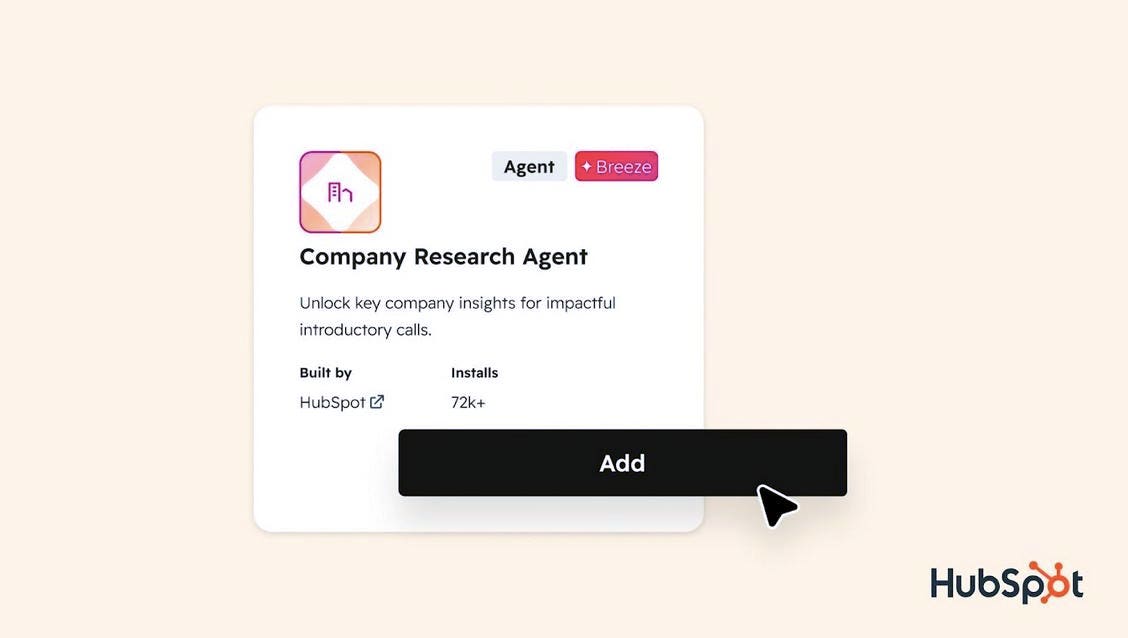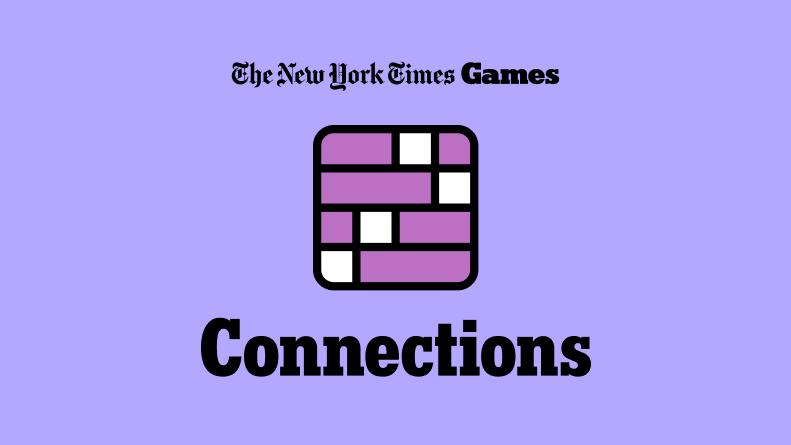Using a Large Language Model is More Like Playing This Organ Than a Spreadsheet
Wanamaker organ.
I interact with many organizations and five consistent questions arise:
- How do I keep up with the innovations in AI?
- How do I sort out the real applications from the hype?
- How can I get my organization AI ready?
- How should I manage AI?
- How do I scale value from AI?
This is the first of a three part series that will attempt to answer these questions for business leaders. The advice will be humble because things are moving so quickly, executives must act, but also remain curious and flexible. Globally there are billions of dollars flowing into AI. Every nation state sees that AI is central to national defense, and machines learn faster than humans. This flurry of factors means innovation in AI and the symbiosis of people and machines is going to accelerate at an accelerating rate.
The Productivity Paradox of GenAI
Generative AI has rapidly moved from novelty to necessity, with over one third of workers willing to pay for the tools themselves. In a recent blog post Ethan Mollick noted that even thought the research shows individual level productivity of 10-40% or more, firms realize much lower levels of at the organizational level.
This gap isn’t merely about technology readiness. It’s about leadership, learning, and strategic integration. In the rush to adopt AI, many organizations are missing the deeper transformation required to turn individual speed into institutional acceleration. To bridge this divide, leaders need a new playbook for preparedness—centered on four critical imperatives: Content, Capability, Community, and Curation.
Part 1: The Four C’s that Accelerate AI Preparedness: Content, Capability, Community & Curation
Content: Fuel Insight and Intelligence
In the Genenerative AI age, leaders can no longer rely on their traditional content diet. AI changes too fast. The best ideas now emerge not just from Harvard Business Review or McKinsey reports but from research labs, GitHub repositories, YouTube, X, LinkedIn, expert newsletters, research papers, product announcements and many other sources. There is robust scientific evidence that people with more expertise in an area perceive the world in a new way. My former colleague Prof. Jim Cash used to call this more educated perspective, “visual literacy”. Leaders who are not schooled in what is happening in AI just can’t see the opportunities and possibilities. Therefore, if you want your organization to understand the potential for AI, you need to read and consume new information and inputs. The goal isn’t technical mastery—it’s strategic literacy.
Content Changes Minds
Leaders Need New Content sources
AI-literate leaders ask better questions. They spot emerging opportunities faster. And crucially, they model curiosity for the rest of the organization. You need to change the content you consume before you can change the context in which you lead.
Capability: Build Skills Across the Organization
Working with a large language model is not like implementing a technology, it’s more like playing an enormously complex instrument. If you walked up to the Midmer-Losh organ at Boardwalk Hall in Atlantic City New Jersey has 33,112 pipes, 7 keyboards, hundreds of stops, and over a dozen foot pedals and play chopsticks on the middle keyboard, it’s not that impressive. The reason it’s not impressive is your lack of playing ability, not the quality of the instrument. The only solution for this is to have hands on experience for everyone in the firm – especially the senior management team and the board.
Leaders Build New Skills – To Win A New Race
Knowledge and Know How Are Critical For The Entire Leadership Team
Capability-building must be enterprise-wide. Some firms are launching “AI centers of excellence.” Others pair junior “AI natives” with senior managers to cross-train. All should ensure that learning is active, continuous, and contextual—focused not just on the tool, but also its use in the firm. As Generative AI reshapes job roles, the capability gap becomes a bottleneck. The future belongs to AI-complemented workers, not just AI-aware ones.
3. Community: Join and Build Learning Networks
In fast-moving domains like AI, no single organization can learn fast enough alone. That’s why executives must foster internal and external learning communities—spaces where employees, peers, and partners can share use cases, prompts, failures, and insights.
Internally, this might mean AI guilds, cross-functional prompt libraries, or weekly “show-and-tell” sessions. Externally, it means plugging into peer forums, academic collaborations, conferences and vendor ecosystems.
AI Communities Amplify Learning
Leaders Learn From Leaders
Crucially, these communities should include both technical and non-technical voices. The best Generative AI ideas often come from unexpected places—an HR manager using GPT to rewrite job descriptions, or a field technician using vision models to pre-screen repairs. Communities not only accelerate learning—they amplify culture. They signal that AI is not a top-down mandate, but a shared frontier.
4. Curation: Rethink Your Tech Stack and Suppliers
Most organizations are still using Genenerative AI tools as consumer products—ChatGPT for writing emails, Midjourney for visuals. But the future of enterprise AI lies in curated stacks of specialized tools, integrated with workflows, data, and business logic. Few organizations are happy with simply waiting for their main vendor, whether it is Microsoft, Google, Salesforce, or others, to serve all their AI needs. The innovation lanscape is just too varied and wide.
You Can’t Just Wait For Big Suppliers To Move You Fast Enough
The World Is Abuzz With Innovation: Curate a Wider Network of Supply.
Executives must curate their own ecosystem of AI suppliers strategically. That means identifying best-in-class tools (from copilots to agents to orchestration layers), vetting vendors for security and compliance, and creating internal “AI marketplaces” for easy access.
Equally important is curating the right partnerships. Collaborate with startups, integrate open-source models, engage with AI research hubs. The supply chain of intelligence is changing—don’t wait for the big consultancies to catch up. Also, you will need to have a group of main stream big suppliers as well as a network of small innovators. Remember: every supplier choice you make either accelerates or inhibits transformation.
Conclusion: From Tools to Transformation
The first productivity revolution is personal. The second must be institutional.The AI era won’t reward passive adopters. Organizations that treat Generative AI as a set of apps will see temporary productivity bumps—followed by competitive obsolescence. Those that lead strategically, through the 4 Cs (Content, Capability, Community, and Curation) of AI Preparedness, will not only boost productivity but reinvent how they operate. Leaders who embrace this moment with intentionality will shape the future of their organizations—not just survive it.








